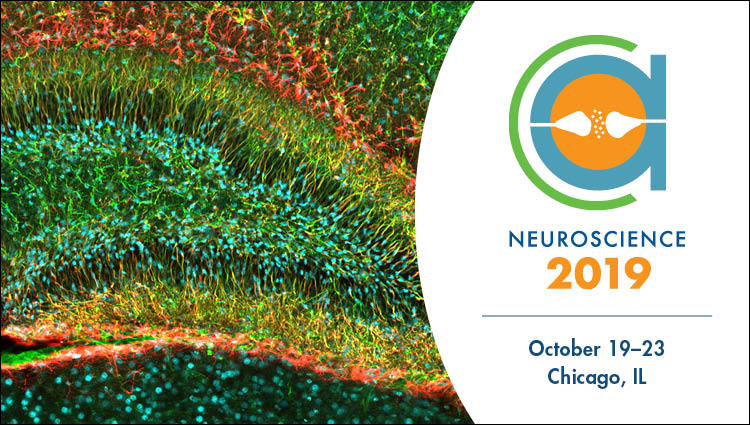Paria Mehrani presents “Early Recurrence Enables Figure Border Ownership” at the Society for Neuroscience Meeting 2019

Venue: Neuroscience 2019, Chicago, IL
Paper:Early Recurrence Enables Figure Border Ownership
Abstract:
Rubin’s face-vase illusion demonstrates how one can switch between two different interpretations depending on how the figure outlines are assigned [1]. This border ownership assignment is an important step in the perception of forms. Zhou et al. [2] found neurons in the visual cortex whose responses not only depend on the local features present in their classical receptive fields, but also on their contextual information. Various models proposed that feedback from higher ventral areas or lateral connections could provide the required contextual information. While some [3, 4, 5] ruled out the plausibility of models exclusively based on lateral connections, further evidence [6] suggests that ventral feedback even from V4 is not fast enough to provide context to border ownership neurons in V1 and V2. Therefore, the border ownership assignment mechanism in the brain remains unclear. We tested, with computational simulations, the hypothesis that the dorsal stream provides the global information to border ownership cells in the ventral stream. A novelty of our model is its combination of global and local context by incorporating dorsal early recurrence and ventral lateral modulations. Computationally fast dorsal cells with large receptive fields provide global context while ventral lateral modulations present local context and enforce collinearity for border ownership. Our simulation experiments show that our model border ownership neurons exhibit the appropriately different responses to figures on either side of the border and are invariant to position, size, and solid/outlined figures as observed in biological cells. Furthermore, our model cells assign borders to the occluding figure along the occlusion boundaries of overlapping shapes. Interestingly, testing with Pokemon figures, our cells respond to the illusory occluding shape. In conclusion, neurophysiological evidence regarding latencies together with our simulations support the hypothesis that dorsal recurrent and ventral lateral modulations cooperatively enable border ownership assignment.